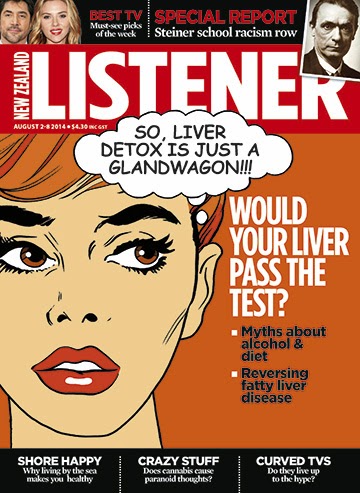A post I never got around to writing concerns those newspaper advertising posters outside dairies and supermarkets: I’ve often thought it would be interesting to look back on them at the end of the year, to recall not just what happened but also how the news was sold. The problem is I don’t quite have enough perseverance to photograph them every day, so I always end up with a folder full of scattered headlines instead of a continuous, comprehensive catalogue. What could you even do with these?
One of the peculiarities of the posters is that they are worse than the newspapers they advertise: more braying, more sensationalistic, almost always lacking in empathy or civic spirit. This isn’t surprising, seeing as they’re the printed version of the newsboy of old, shouting sales pitches at motorists and passers-by. Still, while it is true that they sit at one end of the spectrum, the posters are part of how information is conceptualised and packaged as a commodity. If they were collected anywhere, they might just be worth studying as cultural documents.
What is collected somewhere are old magazines, and if I’m working on the top floor of Wellington's central library I’ll often reach for a volume of the collected New Zealand Listener, usually from the seventies or early eighties. It’s not that it was necessarily a better magazine back then – although Tom Scott’s Political Notebook towers over today’s offerings – but the passage of time has turned it into a unique guide to the nation’s social and political history, seen through a partial but nonetheless remarkable lens: that of a general interest magazine with a genuine mass readership.
In 1982, before the magazine lost its monopoly on TV listings, the Listener’s circulation was clocked at 375,885 out of a population of a little over three million. Adjusted for the latest census figures, this equates to roughly ten times today’s sales. And so inevitably the year 2014 in Listener covers accounts primarily for this changed reality, and the loss of an audience that used to include almost everyone.
Back in the day, a Listener cover could feature practically anything. In 1969, for instance, the dominant form was the random pictorial, up to and including two girls picking daffodils in a field (September 16):
By 1981, the format had shifted to a single cover story per issue, and it was mostly of a political or social nature. This is the March 28 issue:
But it made little difference. As Gordon Campbell told me this week,
the weekly circulation topped out around the time of Charles and Di's engagement with an issue that sold 420,000 copies...regularly in the late 70s /early 80s it was up in the 380-390 000 mark. It didn't seem to matter what was on the cover. A Ray Woolf cover did about 390,000...and there was a bucket of fish on the cover one week and it sold over 380,000 copies.Now consider the year 2014. An election year in which party politics made the cover exactly once.
Social and political issues didn’t do much better. Child poverty and inequality, one cover.
The environment, two covers.
Assorted side political issues, one cover. (They had one on the CGT, but it was really a property market story, see below.)
Christchurch, one cover. This is the magazine fulfilling its traditional role.
As it does here, on gender and society.
History.
Aotearoa's place in the world.
Arts and culture.
It makes thirteen leading stories so far. The rest of the year was all about money, health, happiness. Thirty-eight covers sketching the profile of the magazine’s target readers better than any survey could. They are baby boomers, or interested in baby boomers.
They are concerned about the education of their children or grandchildren.
They are affluent, own property, are looking for advice on where to invest and store money.
 |
| This one isn't really about writing. |
 |
| This one isn't really about writing |
 |
| Supreme Winner, perplexing/alarming cover of the year |
 |
| Surveillance - but as a lifestyle issue |
Above all, they worry about their health and what they eat, and about the impact of what they eat on their health.
It’s difficult to be definitive about these things, seeing as such perceptions have a way of becoming self-reinforcing, but this may well be the picture of the only social group left that can still be relied upon to buy a national, weekly current affairs and entertainment magazine. This steadily dwindling audience is perhaps also the single main source of funding for professional long-form writing in this country. They didn’t hijack the Listener – they just kept buying it. That is the paradox of a medium in crisis, forced to speak to a smaller and smaller audience in order to continue to exist as an industry and lay claim to the mantle of mainstream. 2014 reads as the story of these few New Zealanders because our stories are written with them in mind.
























































